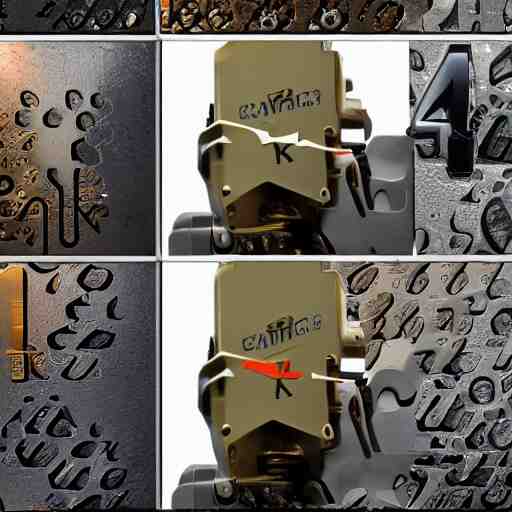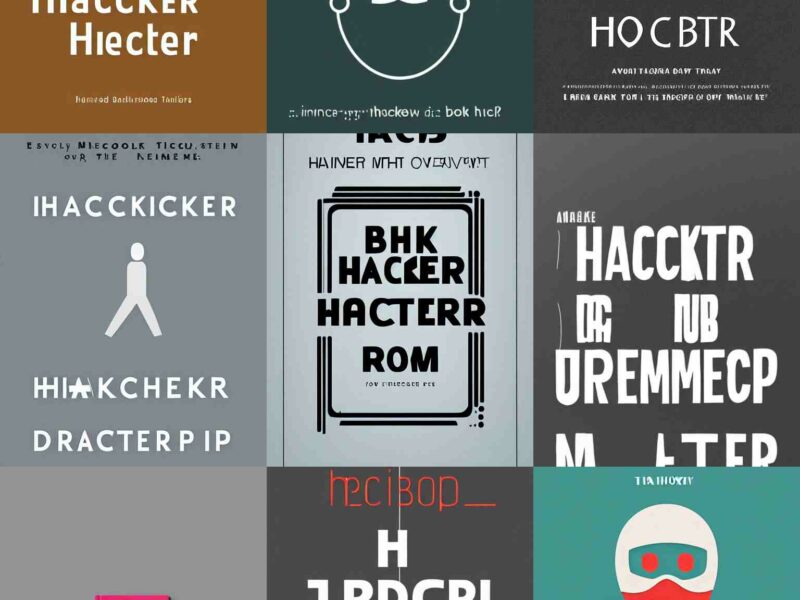What Is An Audio Captcha?
A captcha is a type of challenge-response test that is used to verify if a person is a human or an automated bot. It usually consists of a visual graphic and requires the user to type in the characters that appear. Here’s where audio captchas come into play.
The audio captcha is a type of captcha that uses your microphone to record your voice and then compares it to what you said. If it matches, you’re human and can finish the form; if not, you have to try again. An audio captcha is ideal for situations where visual impairments make it difficult or impossible for people to complete visual captchas.
But, how does an audio captcha work exactly? Well, the user speaks into the microphone and the audio captcha service saves the recording before sending it to the verification endpoint at the verification service. A user agent on the server then compares the spoken answer with the recorded answer and decides whether or not to grant access. If they match, they are granted access; otherwise, they are denied access.
There are many ways an audio captcha can be implemented; however, all of them require some sort of automated process to verify the user’s responses. In this article, we will show you an example of how you may use an API to do so in a certain way.
How An API Can Unlock This Power?
This API will retrieve the data from an audio captcha and retrieve it as text.
To make use of it, you must first:
1- Go to Audio Captcha Solver API and simply click on the button “Subscribe for free” to start using the API.
2- After signing up in Zyla API Hub, you’ll be given your personal API key. Using this one-of-a-kind combination of numbers and letters, you’ll be able to use, connect, and manage APIs!
3- Employ the different API endpoints depending on what you are looking for.
4- Once you meet your needed endpoint, make the API call by pressing the button “run” and see the results on your screen.



